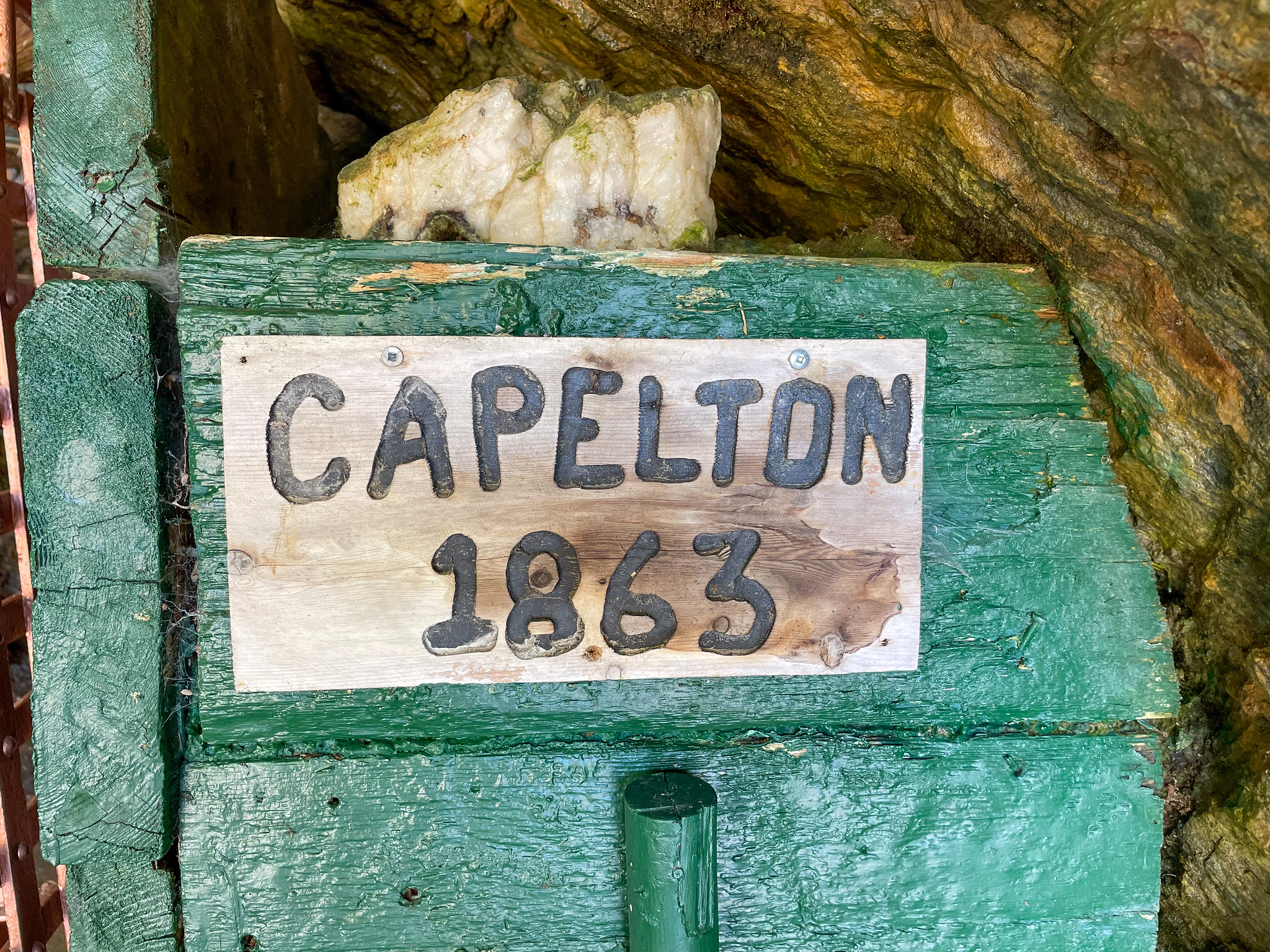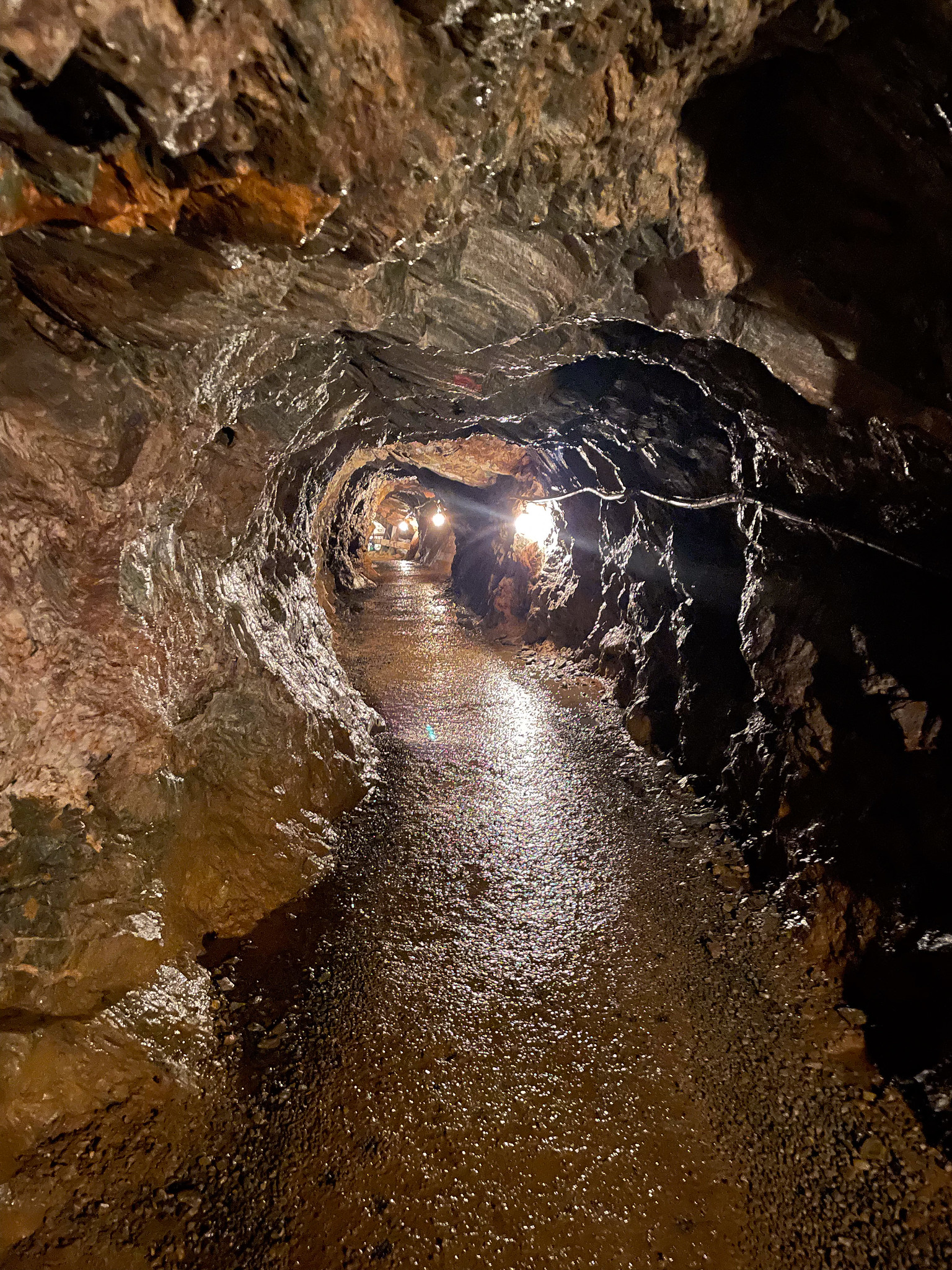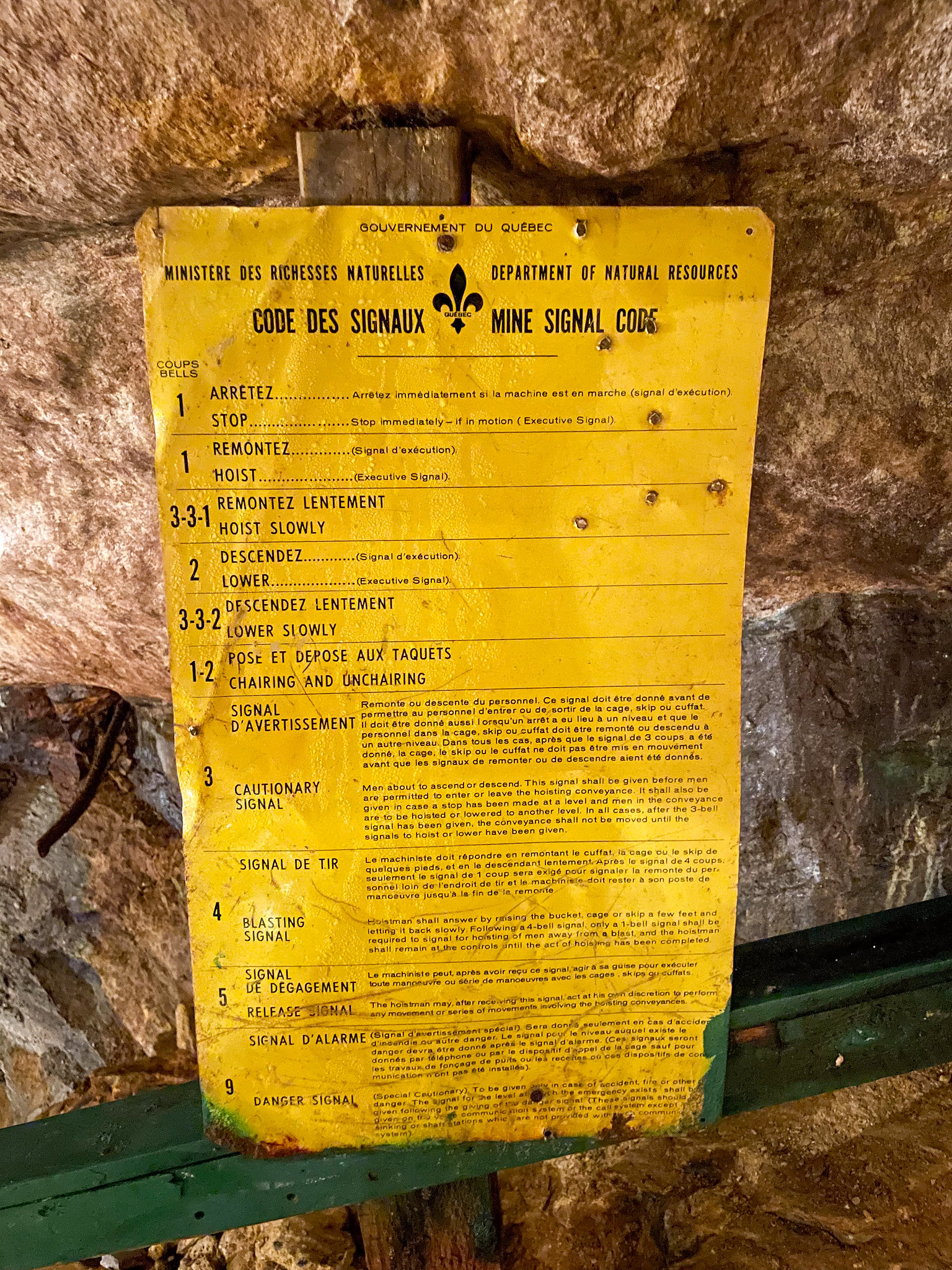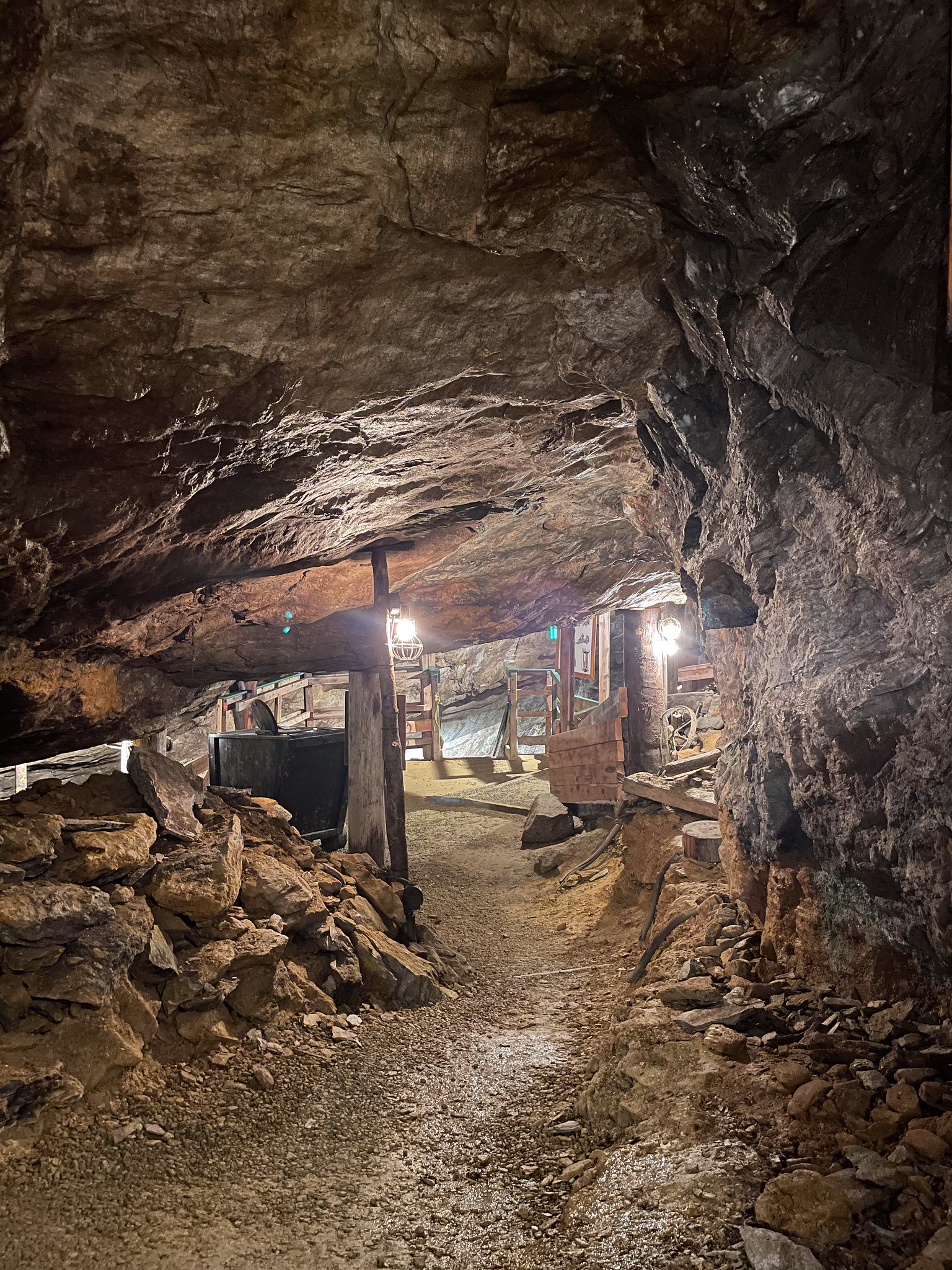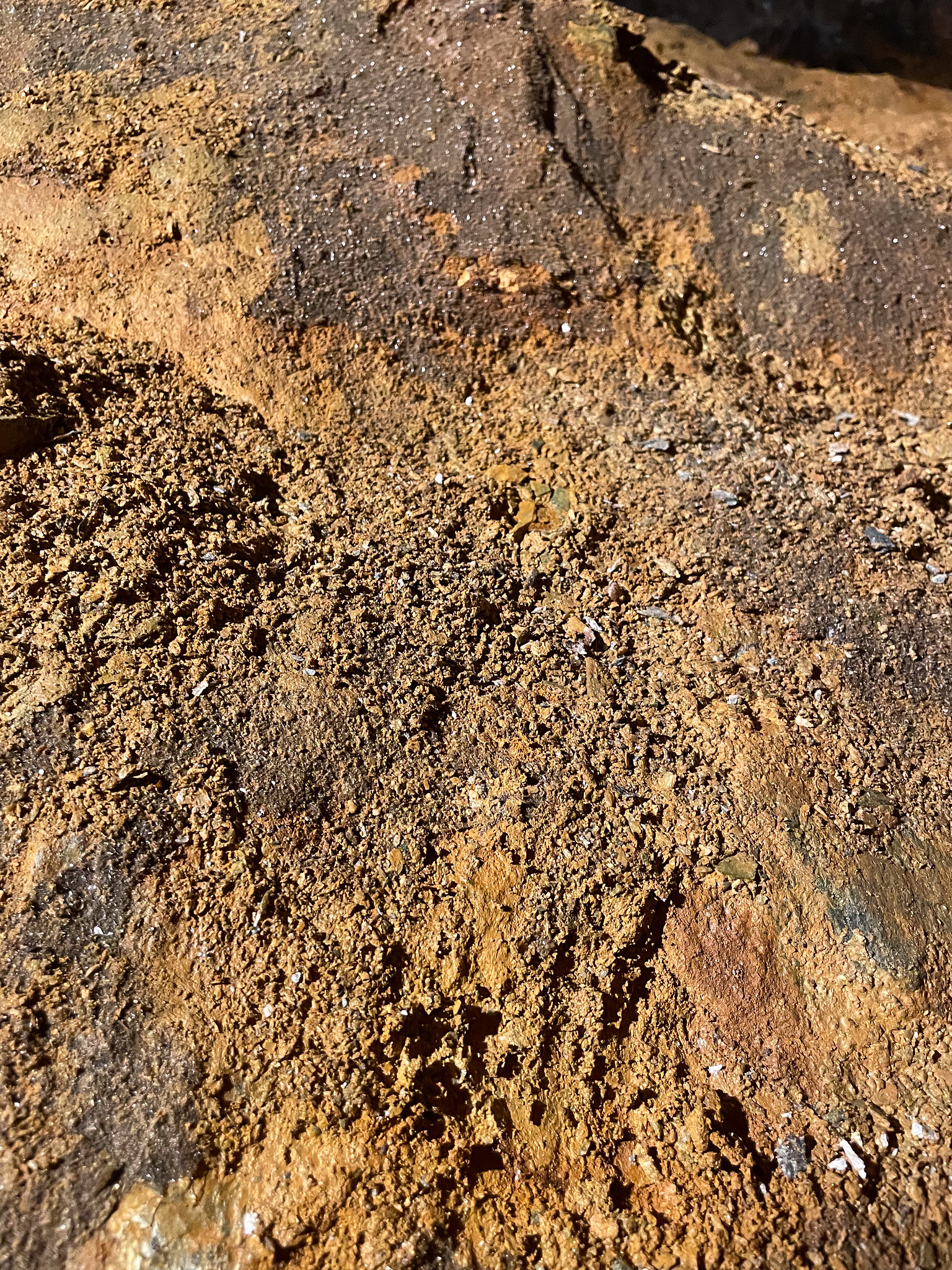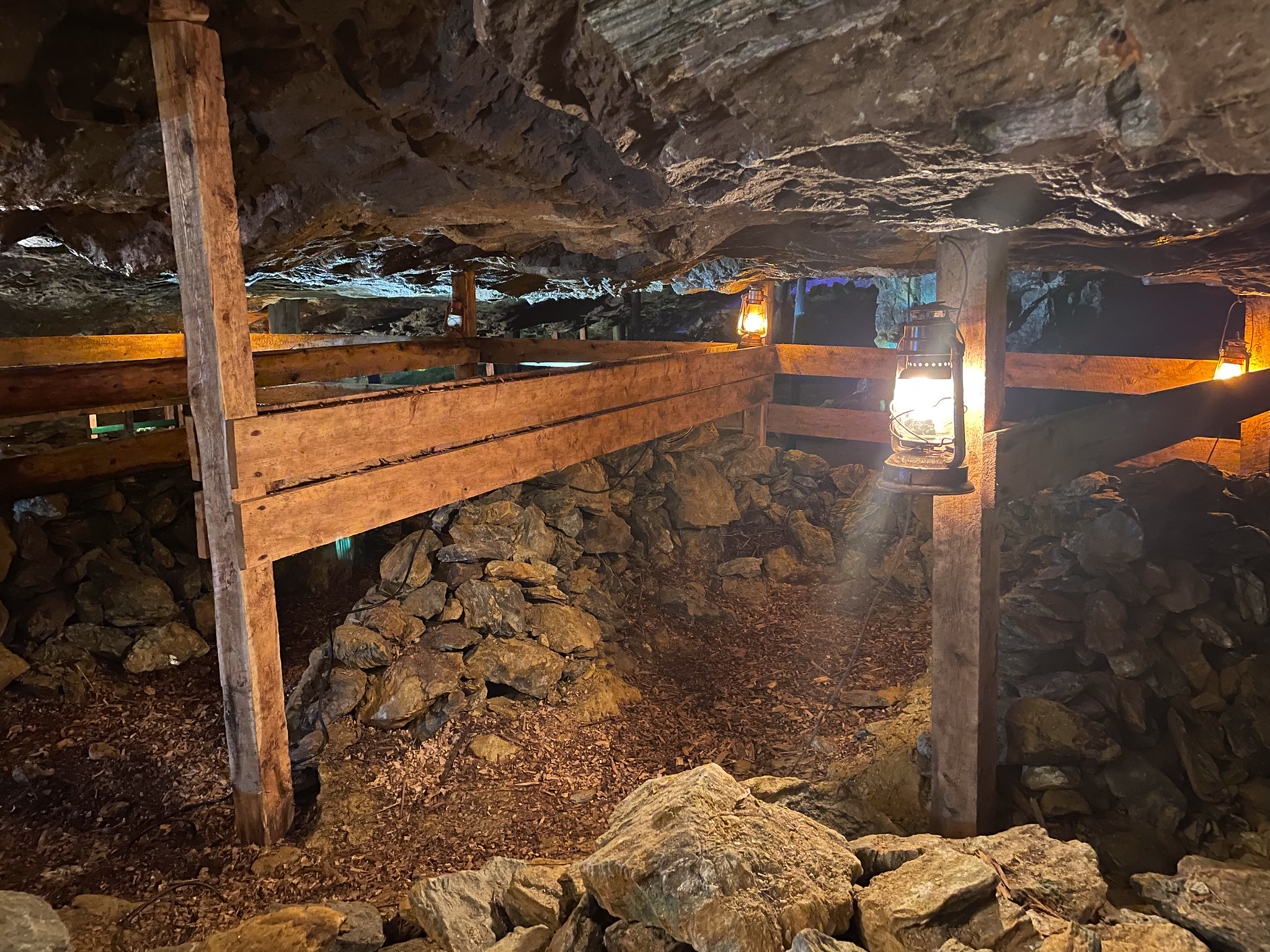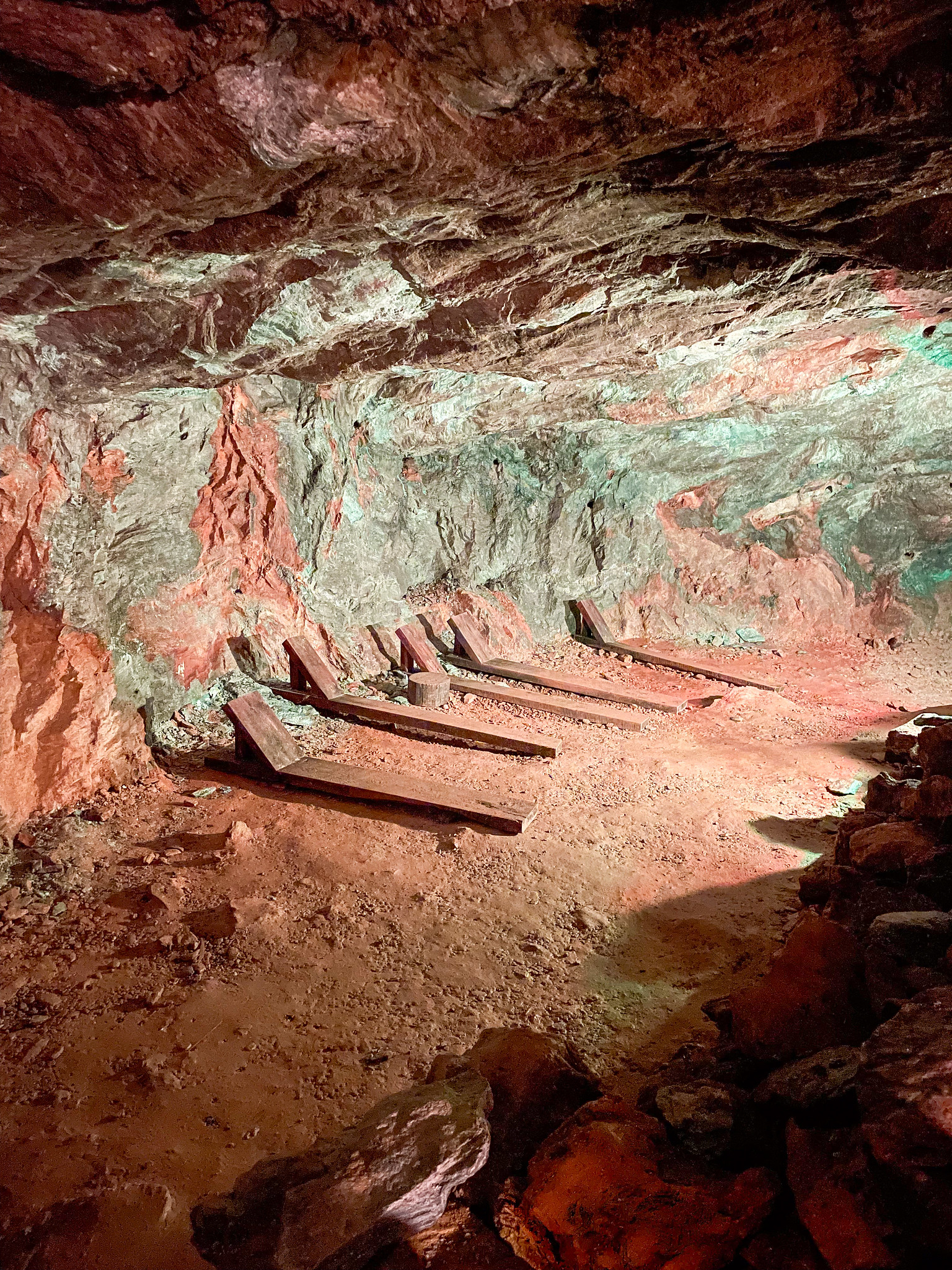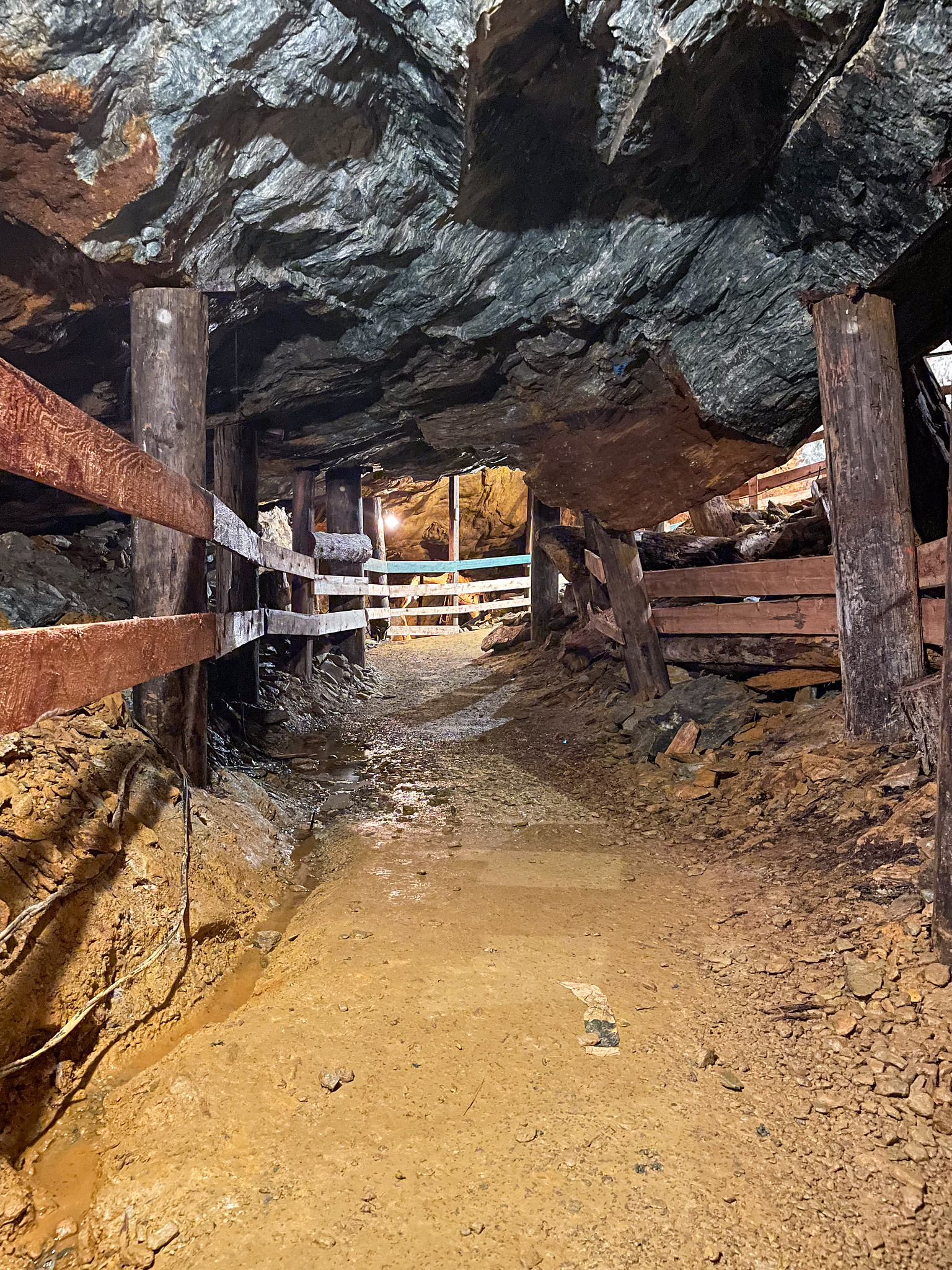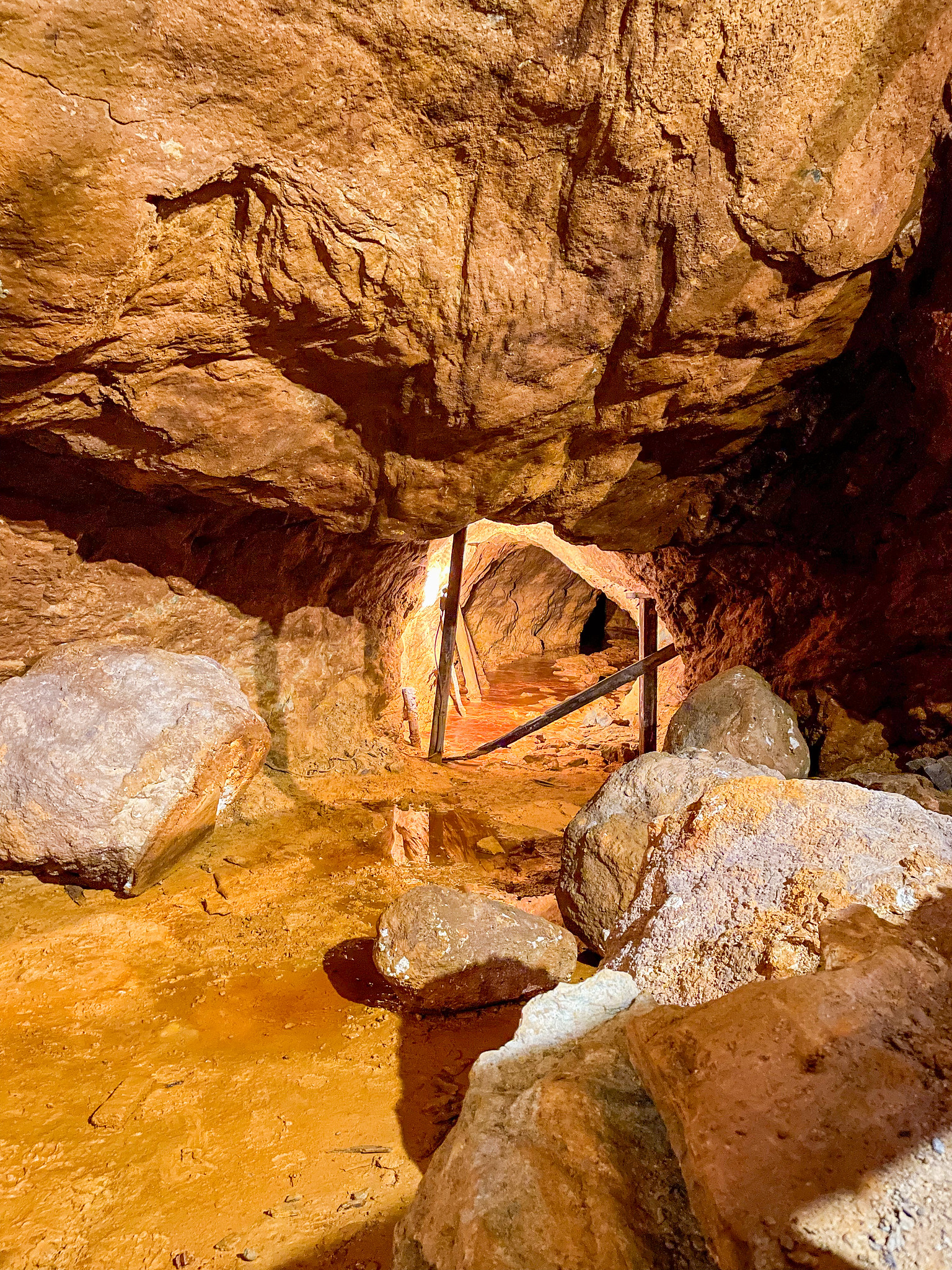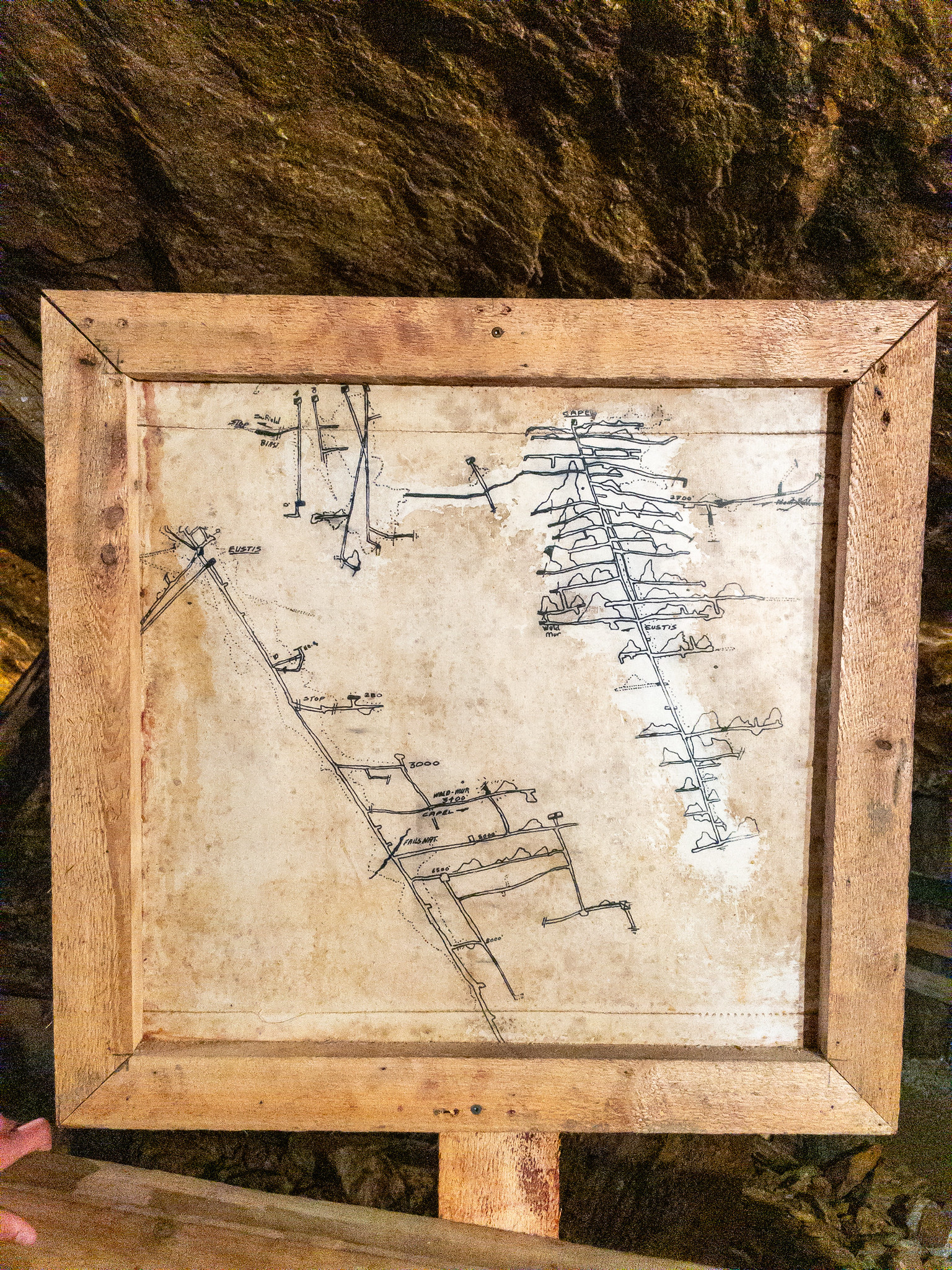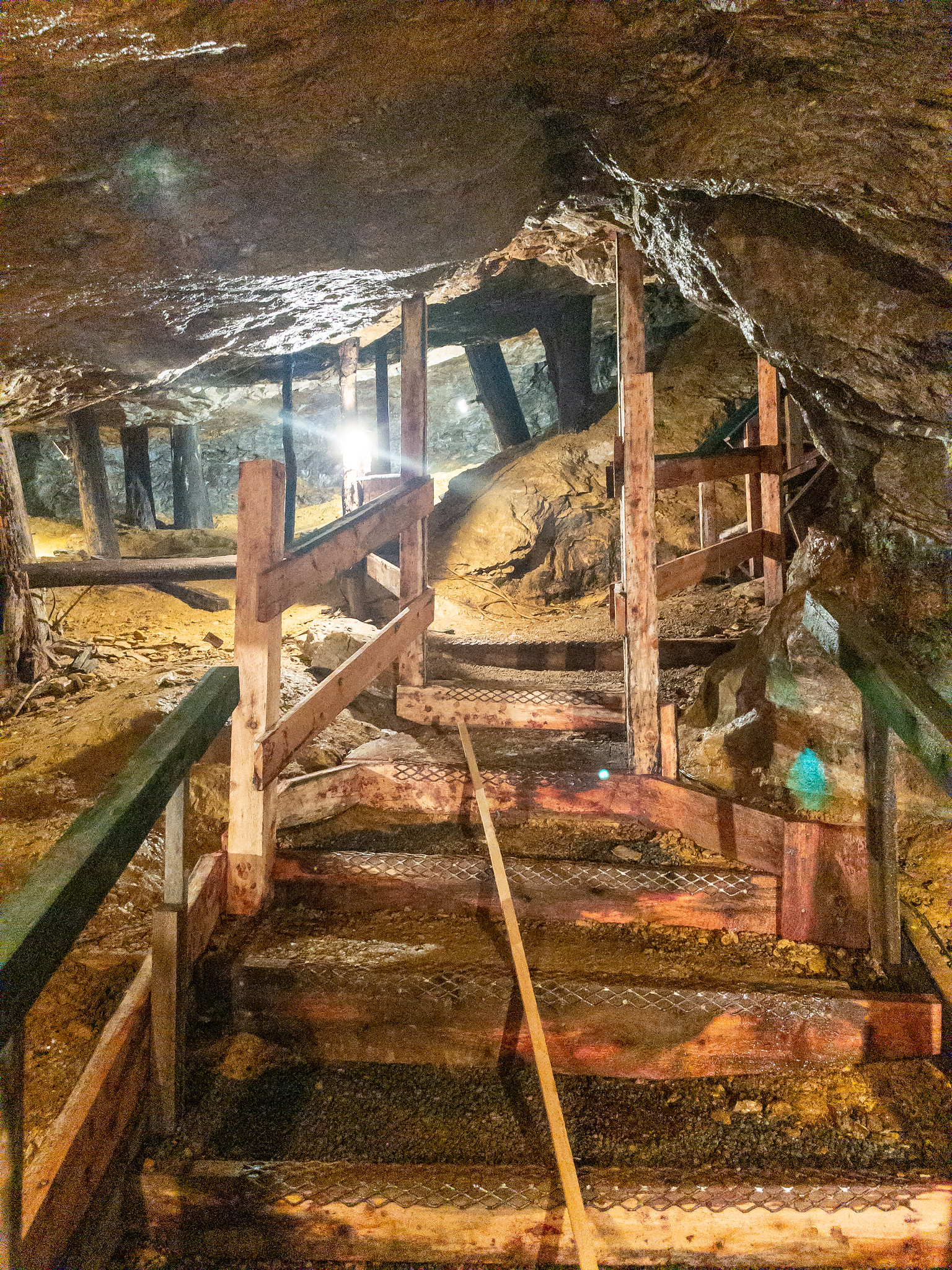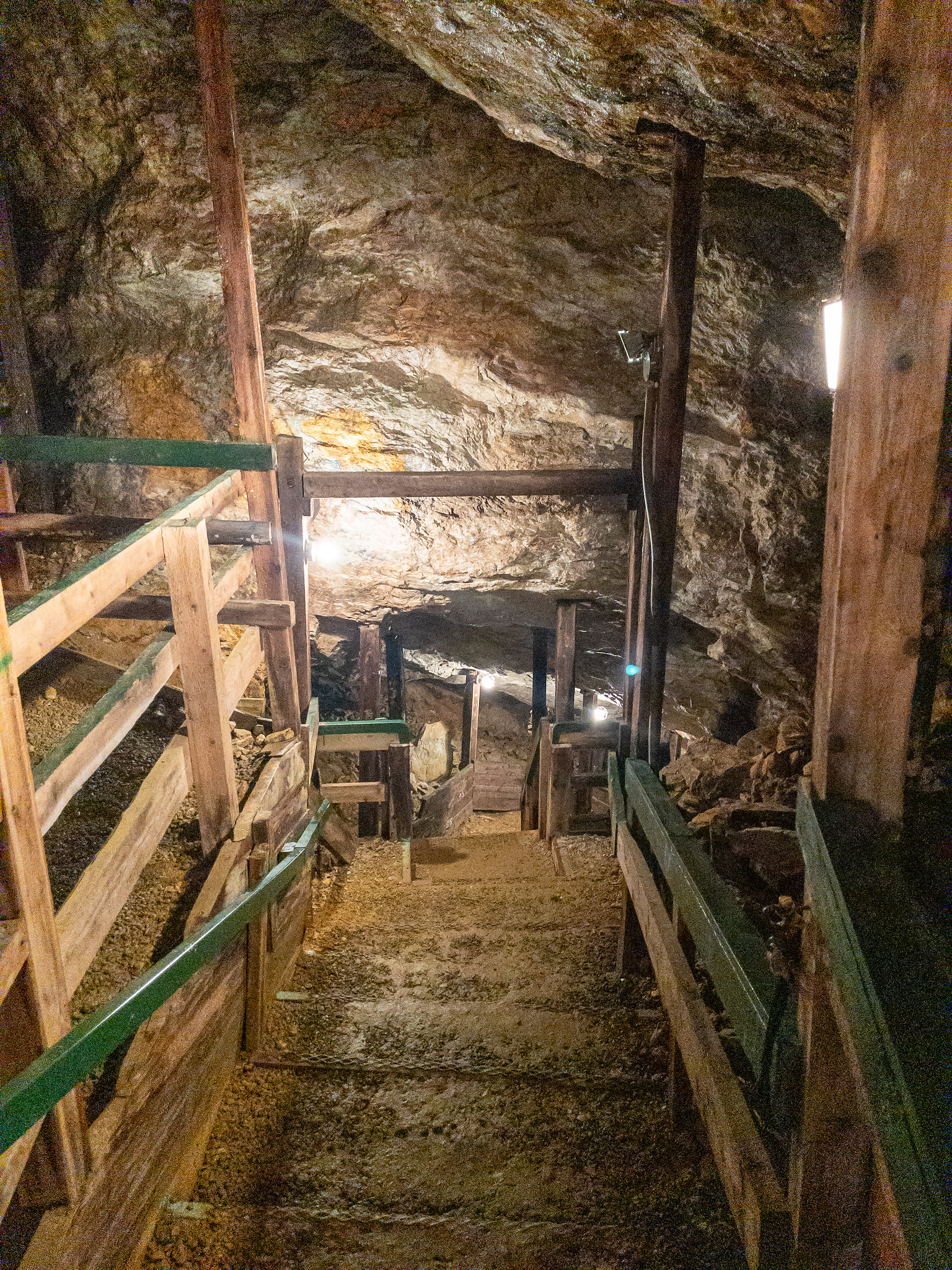Capelton mine, Quebec
It was Mr. George Capel who began research on his property in 1863 to try to detect traces of gold. There he discovered copper which shone brightly. The strong demand for this mineral, caused by the Civil War in the United States, stimulated research in the region.
In 1863, a mining industrial complex was built. Two mines were created there, the Albert and Capelton mines.
Two years later, in 1865, a third mine was opened: the Eustis mine.
The opening of these mines gave rise to three small villages, Albert, Capelton, and Eustis, each of which had its school, its church, its general store, its post office, etc.
In 1887, Nichol’s Company built a factory in which sulfuric, nitric, muriatic acid, mercury fulminate, and chemical fertilizers were manufactured. This industrial complex became the largest in the British Commonwealth from 1890 to 1910.
In 1907, the Albert and Capelton mines were closed.
The chemical complex continued its operations until 1924 when a fire devastated all of these buildings. All the while, at the Eustis mine, copper extraction continued. This mine knows electricity, new extraction methods, and more powerful dynamite. It is immense and when it closed in 1939, it was the deepest mine in the world. This is the end of activities on the industrial-mining complex of Albert, Capelton, and Eustis.
Between 1939 and 1994, the site was abandoned and forgotten.
It was in 1995 that the Vallières-Langlois family launched a recreational tourist project to highlight this historical mining heritage forgotten in the regional collective memory. The company organizes underground tours of the former Capelton copper mine.
The mine is 1500 meters deep, but the visit is limited to 5 meters below the surface because the rest of the mine is flooded. The Eustis mine is almost 2 times deeper than Capelton mine: 3000 metres.
